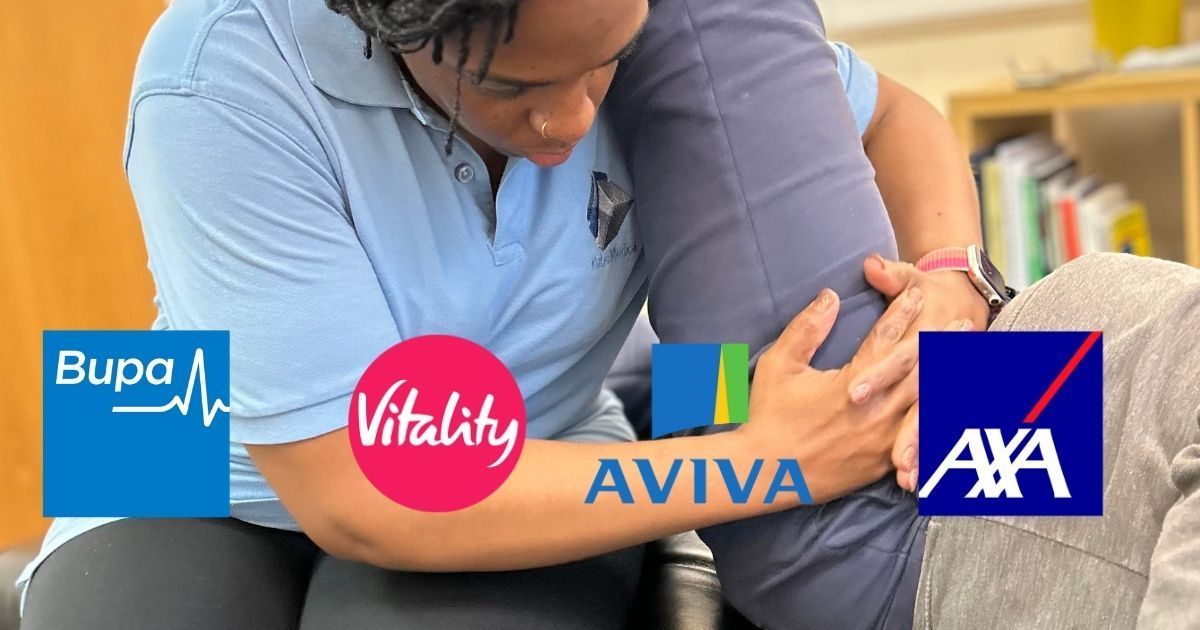What is Chiropractic?
Chiropractic is a term that often comes up whenever there is concern about back pain. It refers to the diagnosis and treatment of conditions that affect the bones, muscles, ligaments, tendons, joints, and nerves. Treatment is typically in the form of manual manipulation using the hands. Chiropractic is classified as a type of complementary and alternative medicine (CAM) that may be used in conjunction with conventional treatments to alleviate various neuromuscular disorders. It is a hands-on treatment that does not involve the use of medication or surgery.
What Does Chiropractic Treat
Chiropractic adjustments are applied to help reduce or eliminate pain that occurs in different muscles and joints. Some of the most common pains that can be managed using chiropractic therapies include:
- Back pain
- Neck pain
- Shoulder pain
- Sprains
- Arthritis
- Work and sports injuries
Some research indicates that chiropractic treatments may also be able to help in alleviating conditions like asthma, allergies, headaches, digestive disorders, and stress. They may also aid in improving functionality and therefore the quality of life of the affected patients. Besides the hands-on treatment sessions, patients can also be taken through other therapies, exercises, nutritional advice, and ergonomics to help in managing their condition.
How Does Chiropractic Treatment Help Back Pain?
Chiropractic treatments are most popularly associated with relieving back pain. Back pain is very common with the NHS reporting as much as 40% of sickness absences being attributable to the problem.
Lower back pain can often be relieved through manual therapies. Chiropractors will often manipulate the spine, joints, and soft tissues to provide this relief. While they can work on various parts of the body, their skills are particularly adept at providing relief to back and neck problems.
What Is Involved in Chiropractic Treatment?
When you first see a chiropractor, there will be a review of your medical history. This may indicate the source of the problem. You will also discuss issues around your back pain and general health. You will then go through a physical exam that may involve checking on the range of motion in your joints. Depending on your condition, you may be requested to undergo further diagnostic screening by way of an x-ray or MRI scan.
After this screening, your chiropractor will discuss his or her findings and advise you on whether or not chiropractic treatment is the best option for your condition. If chiropractic treatment is recommended and you accept, a treatment plan will be arranged. This will detail what kind of therapy you will undergo, any potential side effects of risks. You will also be advised as to how many sessions you will need and the cost involved. Note that the NHS does not often cover this kind of treatment so you may have to pay out of pocket.
If your chiropractor does not feel that you would benefit from his treatments, you will likely be referred to another healthcare provider. Not all back pain or other disorders can benefit from this treatment. Feel free to ask any questions you have about this or any other concerns you have.
Types of Chiropractic Techniques
There are different kinds of techniques that your chiropractor will use to help relieve pain problems and improve the range of motion. They often involve some form of spinal manipulation. This involves the use of hands in applying forceful thrusting motions when manipulating joints and muscles, primarily around the spine and neck areas. The movements are typically short and sharp. Joints may also be moved into different positions, with soft issues also being pulled ad stretched in different directions.
While many techniques require just skilled hands, some may include the application of special instruments like the activator. This is an adjusting instrument that delivers low impulses into spinal vertebrae to release restrictions. Its use is safe and gentle on patients.
There are about 150 possible techniques that a chiropractor may use in treatment. Some of the common chiropractic techniques that may be applied include:
- Diversified Technique
- Flexion-Distraction
- Myofascial Release Therapy
- Sacral Occipital Technique (SOT)
It is normal to experience some clicking or popping sound as you undergo treatment. This should however not result in sustained pain thereafter unless the area is swollen. A few patients may suffer mild pain or discomfort for a short while after an adjustment. This should pass in a few days. Whether you experience mild or severe pain, be sure to inform your chiropractor so he can alter the treatment accordingly if necessary.
It may take a few weeks before you start to feel any significant reduction in pain. Sessions are usually scheduled once or twice a week. Many patients do not need further treatment after the first few weeks. Others may however require a lengthier treatment plan. This is common for those with more advanced or chronic disorders. You will have regular discussions with your chiropractor to review your progress and whether continued treatment is needed.
Are Chiropractic Treatments Safe?
It can be somewhat surprising when you first hear a clicking or popping sound come out of your body. Some of the thrusting motions can also seem unsafe. However, when you have a properly trained and qualified chiropractor carrying out the treatment, it should be safe. Check to see that the chiropractor you are seeing is properly registered with the General Chiropractic Council (GCC).
If you are still unsure, talk to your GP. Your doctor can advise you more on whether chiropractic treatment may benefit your condition and may help in referring you to a registered practitioner.











